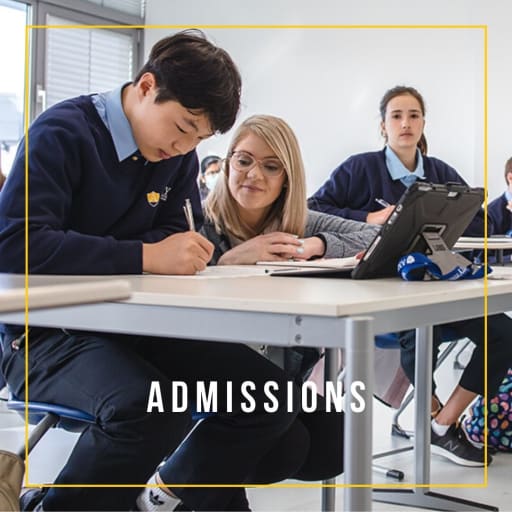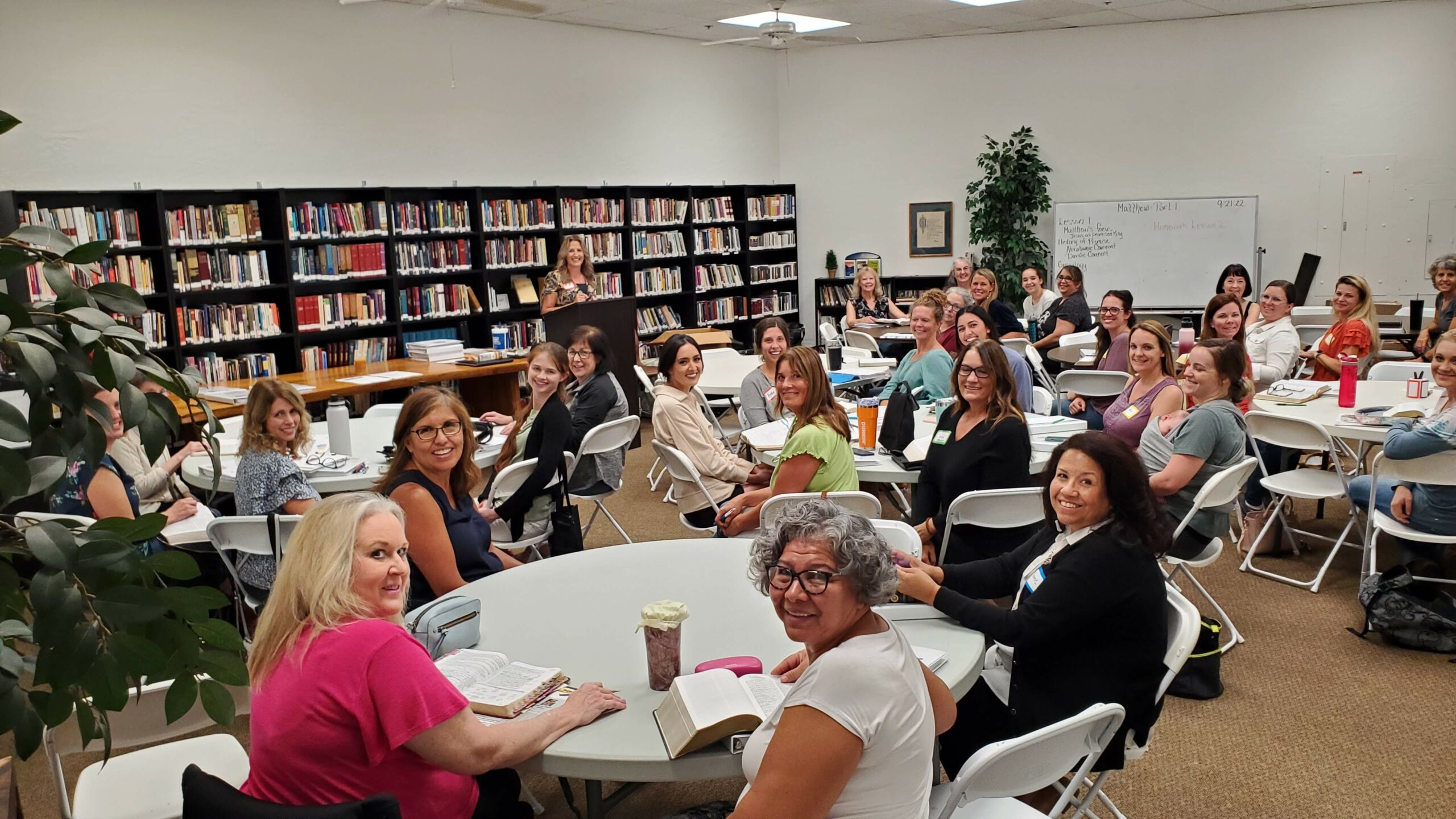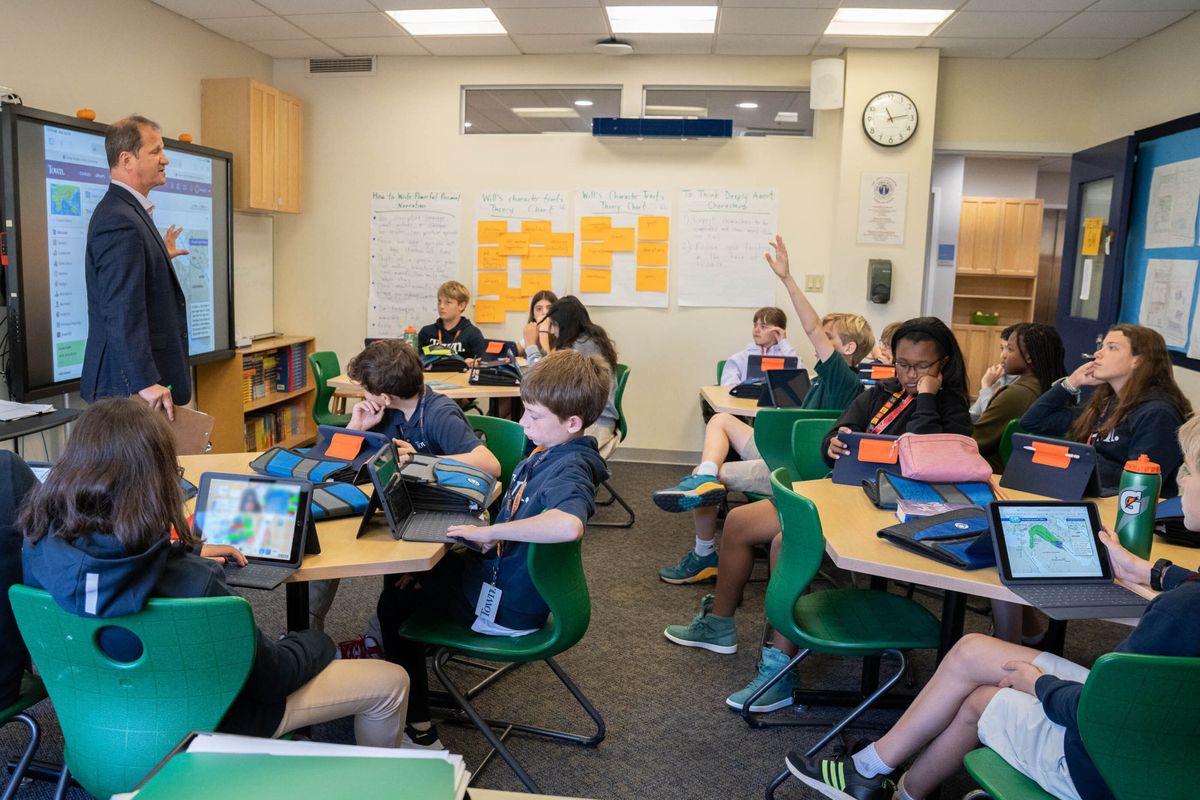
Choosing the right international school for your child is a significant decision that can impact their academic and personal growth. With so many options available worldwide, it can be overwhelming to navigate through the maze of choices. To help you in this process, we have compiled a list of tips and tricks to find the top international schools around the globe.
Researching International Schools
1. Start Early
- Begin researching international schools at least a year in advance to allow ample time to explore different options.
- Consider your child's academic needs, extracurricular interests, and future goals when researching schools.
2. Utilize Online Resources
- Use online directories and databases to search for international schools based on location, curriculum, and facilities.
- Read reviews and testimonials from current and former students to gain insight into the school's culture and academic programs.
Evaluating International Schools
3. Visit the Campus
- Schedule a campus visit to get a feel for the school's environment and facilities.
- Observe classrooms, meet teachers and staff, and talk to current students to assess the school's overall atmosphere.
4. Consider Accreditation
- Look for international schools that are accredited by reputable organizations such as the Council of International Schools (CIS) or the Western Association of Schools and Colleges (WASC).
- Accreditation ensures that the school meets high standards of quality and adheres to best practices in education.
Financial Considerations
5. Evaluate Tuition and Fees
- Compare tuition and fees for different international schools to find a program that fits within your budget.
- Consider additional costs such as uniforms, textbooks, extracurricular activities, and transportation when evaluating the overall expenses.
6. Inquire About Scholarships and Financial Aid
- Ask the school about scholarship opportunities and financial aid programs available to students.
- Explore options for merit-based scholarships, need-based financial aid, and sibling discounts to help offset the cost of tuition.
Support Services
7. Assess Student Support
- Inquire about the school's support services for students, including counseling, academic tutoring, and special education programs.
- Ensure that the school has resources in place to cater to your child's individual needs and learning style.
8. Explore Extracurricular Activities
- Research the extracurricular activities offered by the school, such as sports teams, clubs, and cultural events.
- Consider how these activities can enhance your child's overall educational experience and personal development.
Choosing the Right International School
9. Trust Your Instincts
- Ultimately, trust your instincts when choosing an international school for your child.
- Consider factors such as location, curriculum, support services, and overall fit to make an informed decision.
10. Seek Recommendations
- Ask for recommendations from other parents, educators, and educational consultants who have experience with international schools.
- Seek advice from trusted sources to help narrow down your options and find the best fit for your child.
By following these tips and tricks for finding top international schools worldwide, you can navigate the maze of options with confidence and make an informed decision that will set your child up for success in their academic journey.








